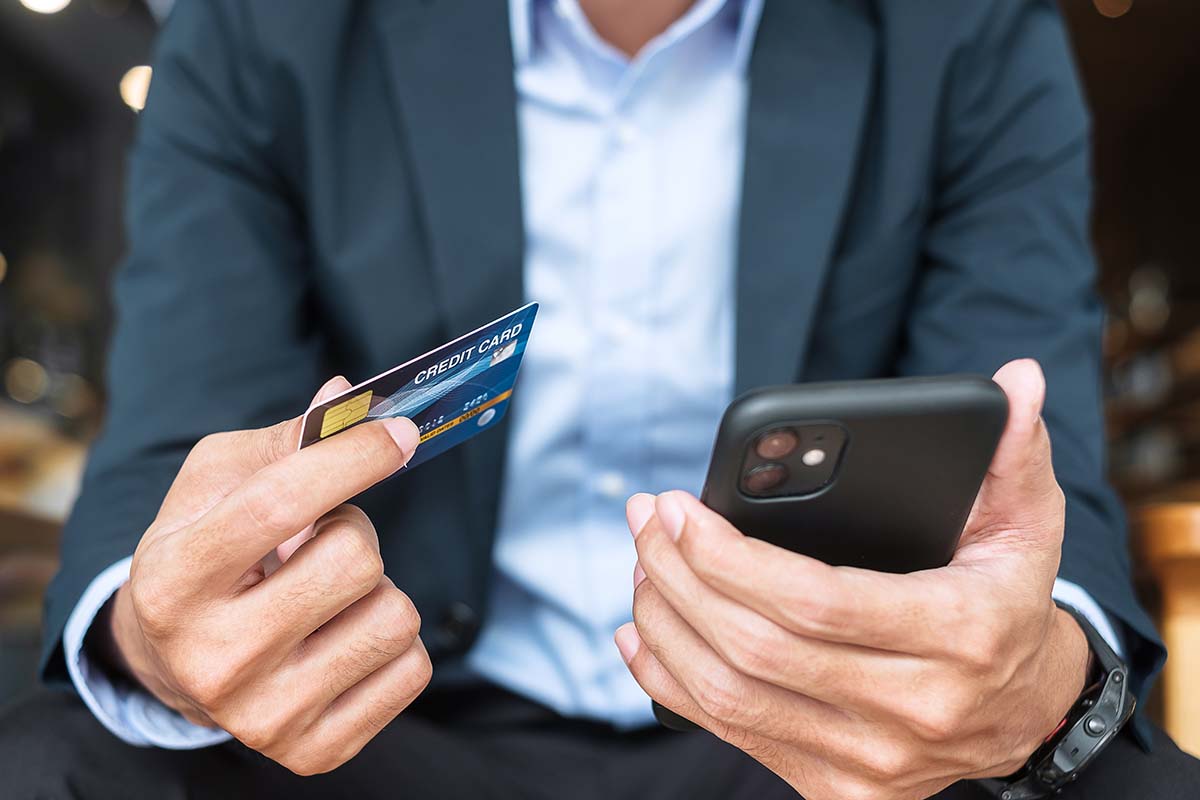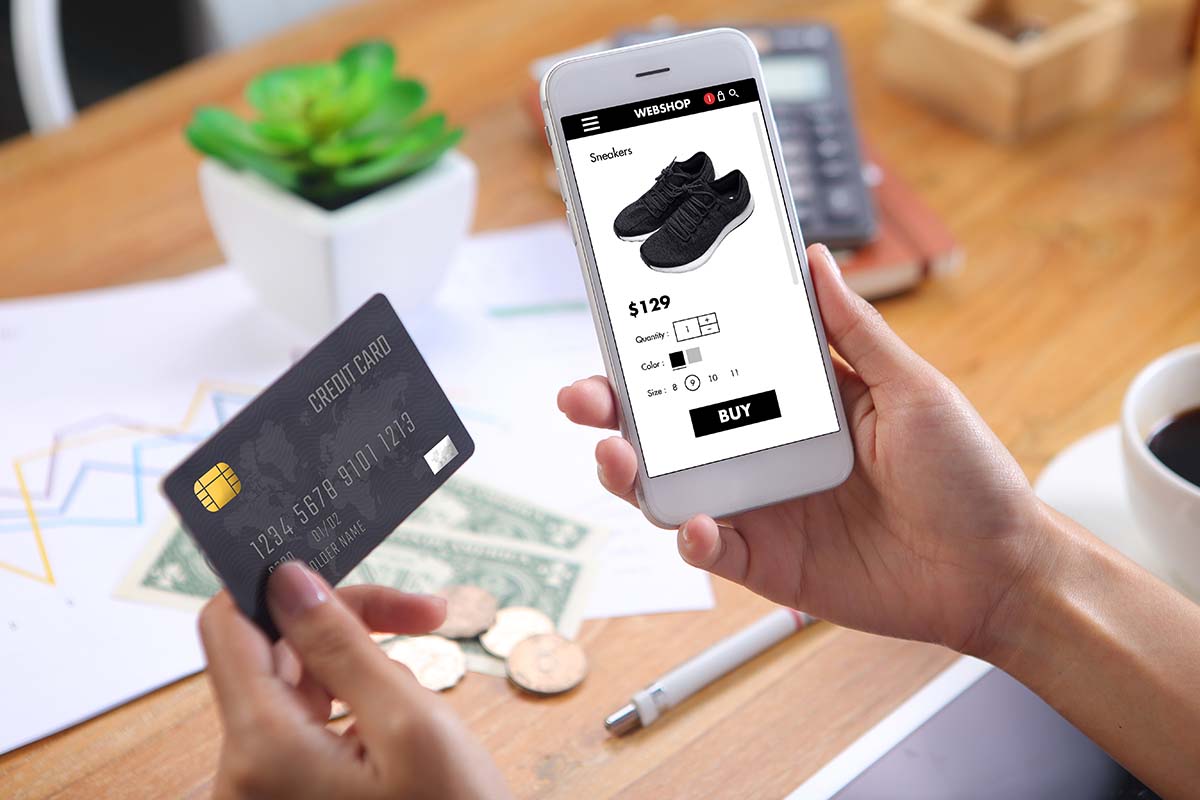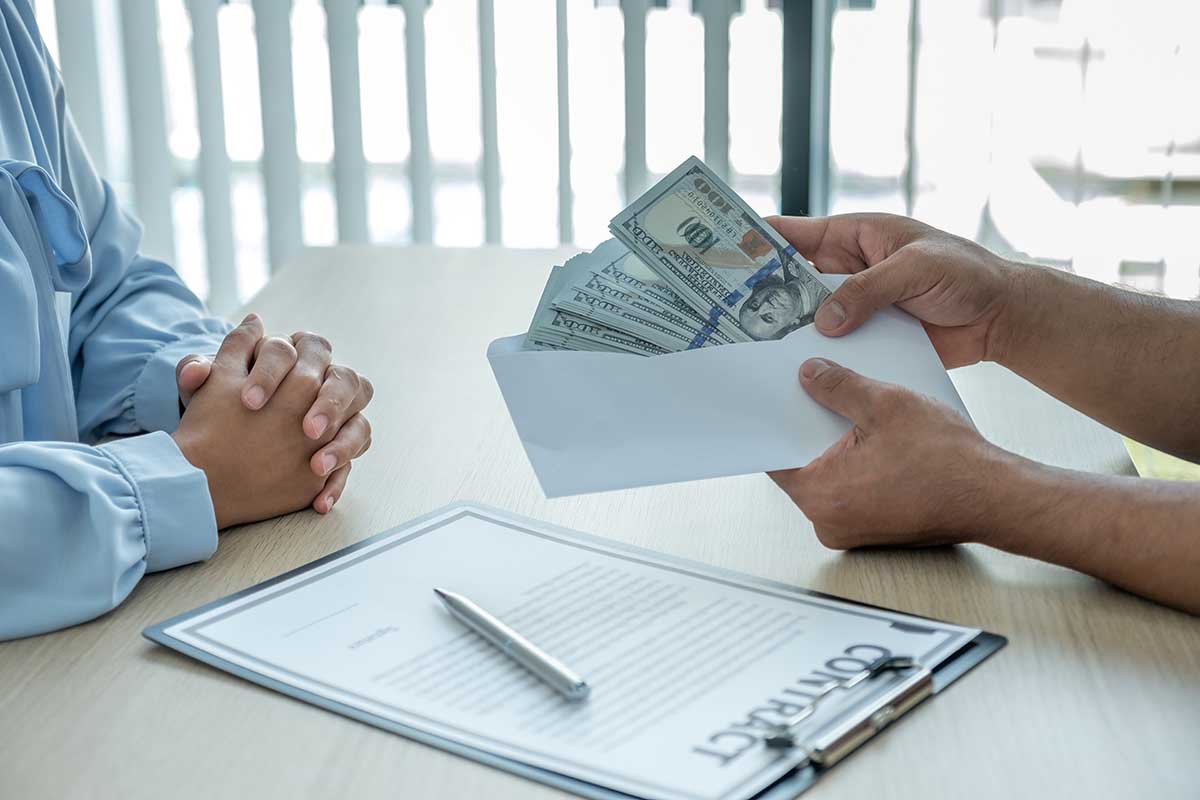Complete Chargeback Guide for Merchants and Consumers
The digital world is increasingly complex, and the payments dispute is inevitable. With manual transactions replacing frictional payments using cards without cost, it’s more important than ever to be fair to disputes between merchants and customers. Chargeback is the principal method of payment dispute resolution by banks.
Those who do not have the authorization to charge services may challenge them at their issuing bank. If the bank believes the claims are genuine, a chargeback can occur for the disputed amounts. Chargeback procedures are outdated and are usually inconsistently enforced. It is generally considered that working with a trustworthy full-service eCommerce solution can significantly help in chargeback management.
Chargeback
A chargeback can occur by credit and debit card charges being reversible by the card issuer. This usually happens when an individual claims a transaction is fraudulent. Find the definition of the chargeback.
Even well-established online businesses face chargeback problems. Chargebacks can also protect card users from fraudulent activities and criminal acts. Chargebacks are a significant risk for companies but are not a guarantee. A study found payment disputes from illegal activities cost merchants around $20B in 2021. It will be 4% higher by 2022.
Difference between a chargeback and a refund
For cardholders, the chargeback could look as simple as a traditional refund. That was a different case. It is an issue. The refund policy applies to all credit cards used during purchase. It’s different from chargebacks in which cardholders bypass merchants completely and demand the intervention of banks.
In such situations, a business loses sales revenue and the value of products. They lose their overheads such as shipping, fulfillment, and interchange. In addition, the retailer must pay for each charge returned. Learn how a refund is different from a refund.
What is the difference between a chargeback and a payment dispute?
A chargeback is sometimes called a payment dispute and is used by cardholders who cannot return the transaction. The ability to contest payments is supposed to protect consumers against unauthorized transactions but can cause a lot of trouble.
The money in dispute remains in the business for a long time until the cardholder finds the best solution. When the bank rules in favor of your case, this money will be returned. When the banks rule in your favor, they will refund you the disputed money.
How do chargebacks work?
Cardholders initiate chargeback, analyzed by the bank, and paid through retail. Typically a single chargeback can take several months to resolve. Typically banks file chargeback claims for authorization or processing errors, but most chargeback cases are made after cardholders contact their bank to resolve an outstanding charge in an account.
Usually, it is purely because of an unfounded suspicion that it is fraud. In some instances, however, a cardholder may contest charges because it feels the merchant cannot pay for what they bought.
3 types of chargebacks?
Chargebacks can be made using fraudulent, friendly fraud, and merchant errors. Various kinds arise under different conditions, which should be treated differently. Friendly fraud is a relatively rare form of chargeback and represents 60% – 80 percent of chargebacks.
Friendly fraud
A friendly scam chargeback can occur if the consumer reports fraudulent charges for reversal. It may happen intentionally or in the course of a deliberate felony or order of confusion.
Customers charged with an anonymous fraud charge can sometimes be accused of not being responsible for their fraud claims. Chargeback charges can be challenging to prevent but can be managed through representation to restore the lost money. Customer files with fraudulent chargebacks are also blacklisted.
Merchant error
Chargebacks for merchant errors arise when there are merchant errors causing chargebacks, such as a wrong delivery of a product. A similar dispute may also be successfully solved, but these chargeback cases highlight the weaknesses of merchant operations. Merchant error chargebacks are avoided if businesses improve business procedures by providing easy access, helpful customer support, and generous refund policies.
True fraud
True fraud chargebacks are the purpose of the credit card chargeback. Merchants should avoid wasting time resolving these charges. Fraud charges can only be avoided with practical fraud prevention tools.
AVS and CVV matching is the minimum, though some businesses use 3-D Secure 2.0 or third-party software to try and eliminate fraudulent transactions.
Impact of chargebacks on merchants?
Chargebacks are usually twice as costly for merchants – sometimes twice the cost when fees are included. It increases merchant charges, bringing severe penalties. Generally, merchants can expect to face hefty fines or charges from merchant banks if their costs exceed a specific limit. The standard minimum is 1 %, but Visa has recently reduced it.
Why do customers file chargebacks?
Customer Chargebacks can be filed if the customer has not recognized the transaction or was dissatisfied with the purchase. As friendly theft becomes more widespread, the customer may just want something free.
For customers to determine how much money they have disputed charges, they may need an explanation for this – the reason code for the chargeback. Each chargeback includes a reason code. The reason code can be accessed here. This code has since been developed to identify the cause of charge-out requests by significant card providers.
Who is responsible for chargebacks?
Merchant liability for charge restitutions is usually high, and the dispute must be resolved by proving. A merchant has to explain the need to reverse the charges on the original invoices.
When merchants don’t take action, they lose their cards. When payment made through an e-commerce card is fraudulent, or the transactions turn out fraudulent, the merchant can take action from the issuing institution rather than the card company. The vendor will remain responsible if a chargeback occurs from merchant error or other errors.
Can consumers use chargebacks?
Today, credit card use is so ubiquitous in our lives that many consumers never realize it has been charged. Those with knowledge of chargebacks seldom know what constitutes a valid credit card chargeback.
The cardholder must contact the bank immediately to avoid additional losses. However, in most other situations, call the bank, and the cardholder must first contact the merchant. Most accidents or omissions are corrected easily by calling your dealer directly. The two partners will be happier.
Can a cardholder dispute a charge?
Cardholders cannot use chargebacks for purchases involving purchases of goods or services. In most circumstances, the cardholder can contact a banking institution in case of a chargeback: actual fraud.
Typically, when cards are stolen from e-commerce merchant banks, a chargeback can be a viable alternative for resolving this issue. Customers can also file a claim for a money refund from the supplier whose goods were not delivered to them.
How many chargebacks occur annually?
Chargeback information is generally shared only with a single party, and Card Network cannot share such information. So the number of chargebacks is complex for the public to obtain. The survey by Javelin Research found that more than half of consumers have
disputed charges, most disputing more than ten charges. It has been confirmed that chargebacks increase annually.
Reasons for chargebacks
For small businesses, chargebacks represent both economic and operational issues. Despite recent declining revenue losses from Chargebacks, companies reviewed in 2018 lost 44% of their revenue to Chargebacks. Retail merchants were impacted by nearly $19B chargeback losses in 2017. Why is a customer causing a chargeback? How do I prevent this problem? What can be an example of an issue with chargebacks?
How do we prevent chargebacks?
Chargebacks are a severe problem for a business not affected by legitimate fraud. Let’s review a few practical strategies to reduce chargeback charges.
Develop clear business policies and focus on customer service
Although credit card acceptance rules can assist in preventing unauthorized transactions, they can not prevent charges arising from friendly fraud. One of the best strategies for limiting these charges is to have clear business policies, especially regarding shipment.
Many fraud charges are caused by consumers who had an issue with their purchases but felt that the charge was easier if the issuer argued with their card provider rather than dealing directly.
Follow credit card acceptance guidelines and best practices
First, you should avoid chargebacks using credit card guidelines. You should be able to provide receipts with customers to the POS system and train staff about the proper way to use credit cards. POS hardware must meet EMV compliance requirements.
And when a POS card swipe is necessary, you need a signature. Similar to processing a debit card, it is imperative that your customer either enter his/her PIN code or send a confirmation to authorize a transaction.
Conclusion
So, what do you need to know about chargebacks? First and foremost, always try to resolve any disputes with the merchant before initiating a chargeback. If that doesn’t work or isn’t
possible, familiarize yourself with the process to make the most of your chances for a successful resolution. Finally, remember that consumers and merchants can win by following these guidelines—a happy ending for all!



















